Testing is an essential part of software development, and it can significantly impact the success of a project. While manual testing is still widely used, it has become increasingly important to automate the testing process to ensure quality and efficiency. In this blog post, we will explore the reasons for transitioning from manual to automated testing and provide tips on how to do it effectively.
Before embarking on our journey from manual to automated tests, it is essential to remember that “100% automation is impossible to achieve”.
Why you should transition to automated testing
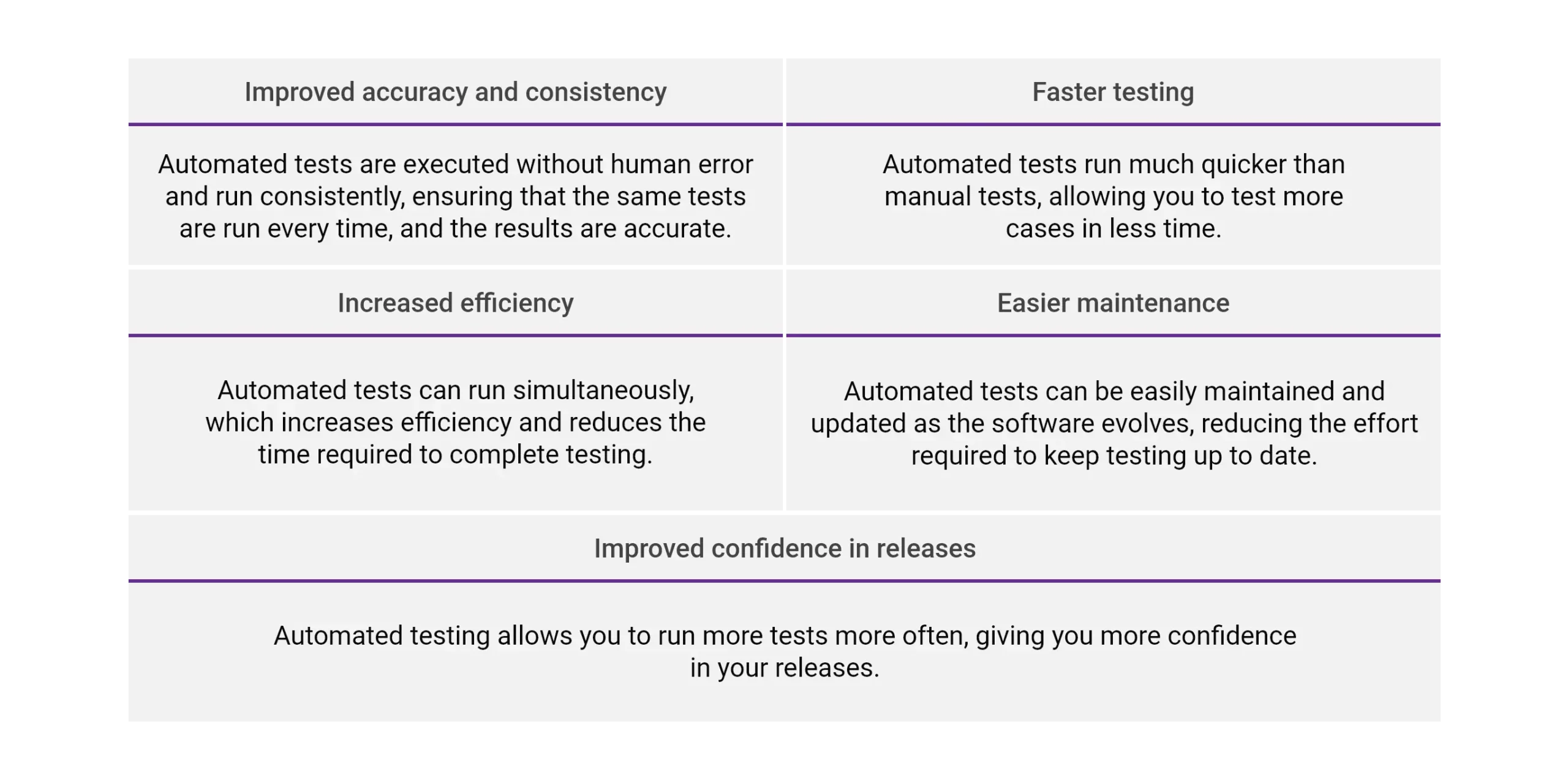
Tips for successful automated testing
ROI and roadmap
A detailed ROI and roadmap need to be prepared on what percentage of cost/effort savings, quality improvements, and risk mitigation can be achieved once automated tests are implemented.
When we say automation, we refer to front-end and back-end testing like performance testing, sophisticated scenarios, and API test automation.
Once the stakeholders are convinced of the benefits of automated tests, a detailed roadmap should be drawn out, involving effort estimates and prioritization.
Choosing suitable candidates for automation
The tests that tick most of the characteristics like

can be considered suitable candidates for our automated test bed.
Choosing the right approach (TDD vs. BDD)
While Test Driven Development (TDD) has some benefits, such as reduced rework time and faster feedback, Behaviour Driven Development (BDD) – implemented using tools such as Cucumber, provides better visibility of the tests to non-technical business stakeholders. The reason is that Cucumber’s feature files are written in plain English using keywords such as Given, When, and Then.
At TVS Next, we encourage our clients to go for the BDD approach, as we can clearly map the scenarios in terms of features to ensure better test coverage.
Choosing the proper tool/framework
Choosing the proper framework is mainly driven by the platform under test (Mobile/Web/API).
For web testing, we can choose from an array of frameworks such as Selenium, Cypress, Playwright, WebdriverIO, and TestCafe.
Some of the available options for mobile testing are Appium, Espresso, and XCUI Test.
For API automation, we can choose from various tools such as REST-Assured, K6, and Locust. These, in turn, can also serve as our load/performance tools.
At TVS Next, we encourage our Clients to go for futuristic frameworks such as Cypress and Playwright, which are much more stable and involve much less framework setup time than Selenium.
Build customized test suites
It is always better to have customized test suites such as:

Code quality and best practices
Similar to the best practices in development, it is essential to set up the environment to perform collaborative coding and ensure best practices in testing, such as

are implemented to avoid spending large efforts on code maintenance.
Implement DevOps – CI/CD Pipeline
Implementing CI/CD pipeline for our automated tests have advantages such as:
- Faster smoke testing times – to provide feedback to Developers in case of critical failures/environment downtimes
- Improved fault detection
- Better communication with stakeholders via automated emails
- Faster Mean Time To Resolution (MTTR)
Conclusion
By following the above-mentioned step-wise approach, we can move from manual to automated testing and achieve benefits such as:

In conclusion, transitioning from manual to automated testing can be challenging. But with careful planning and the right tools, it can be a successful transition that leads to improved software quality.





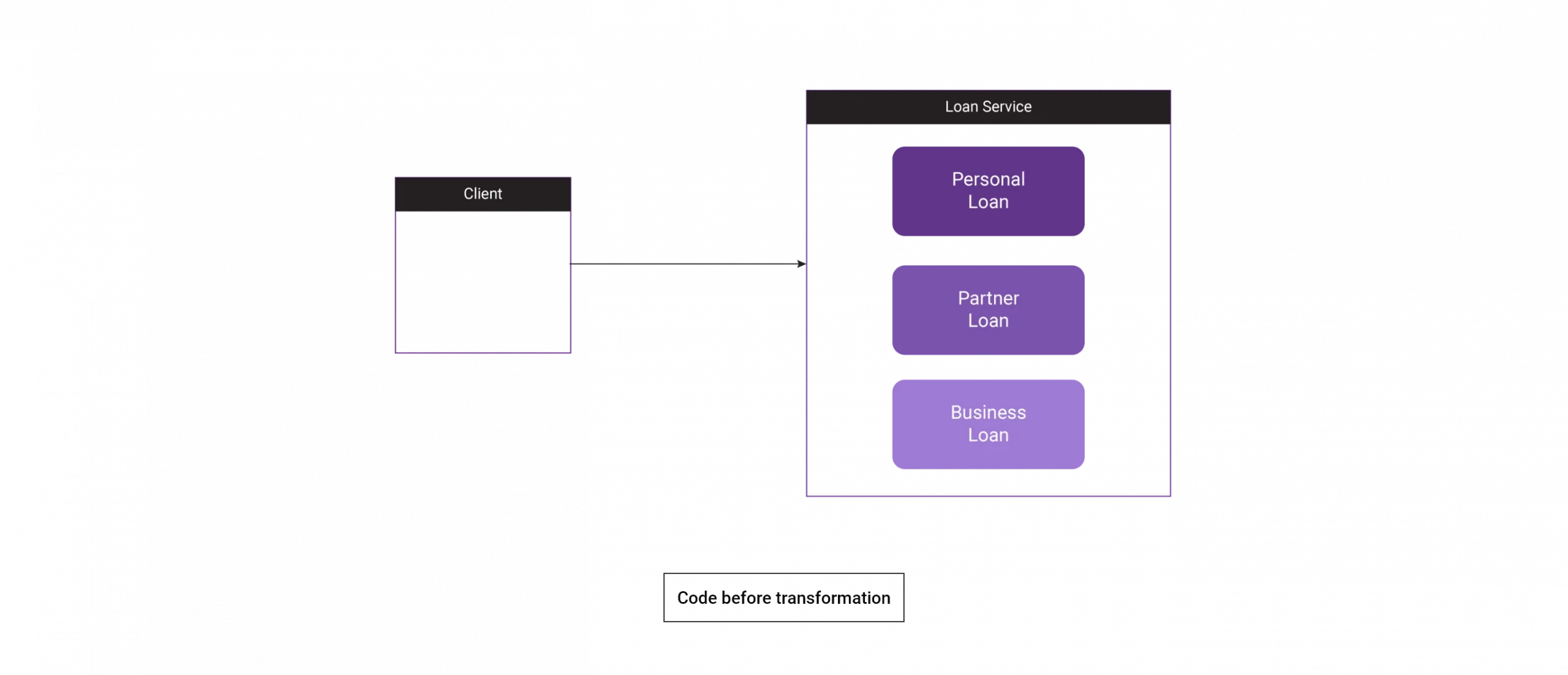
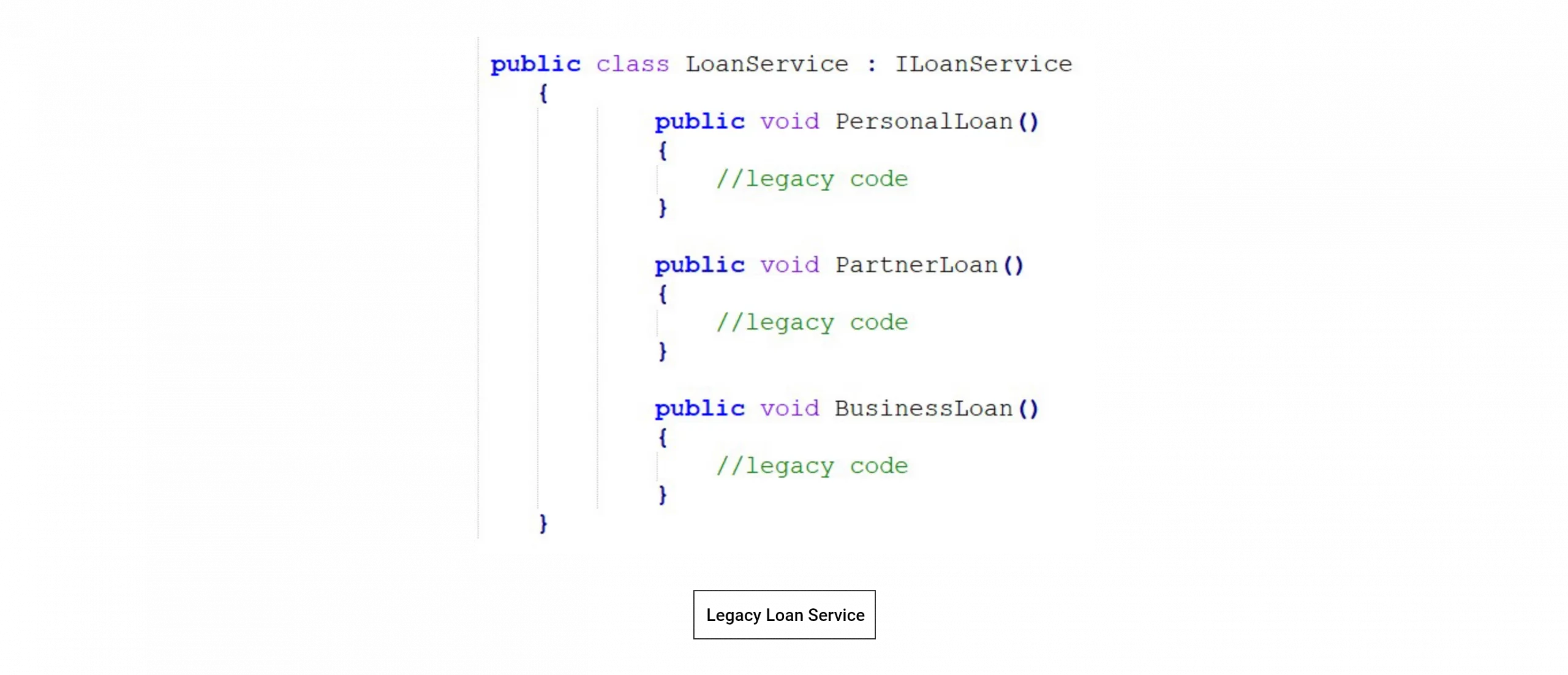
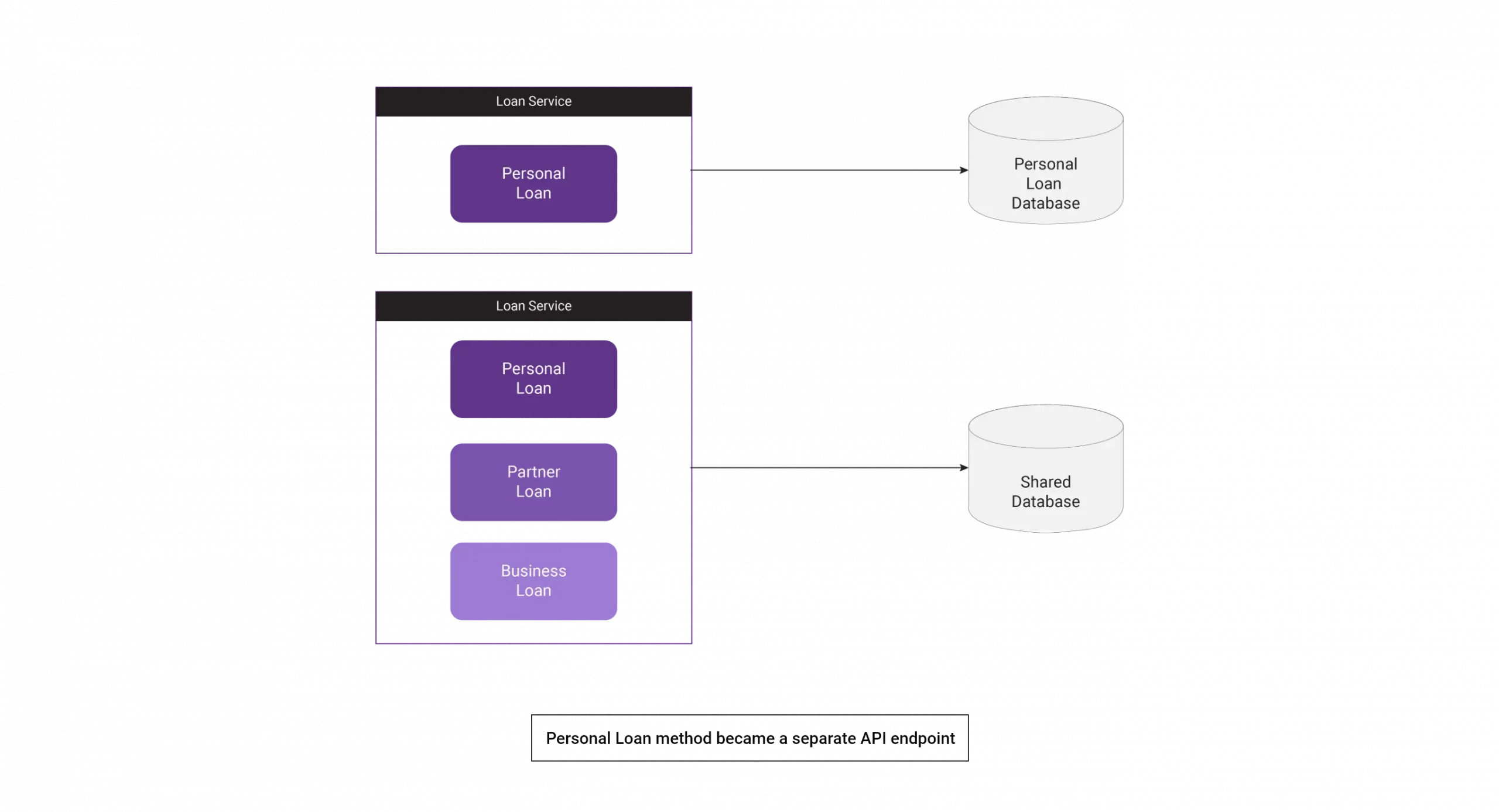
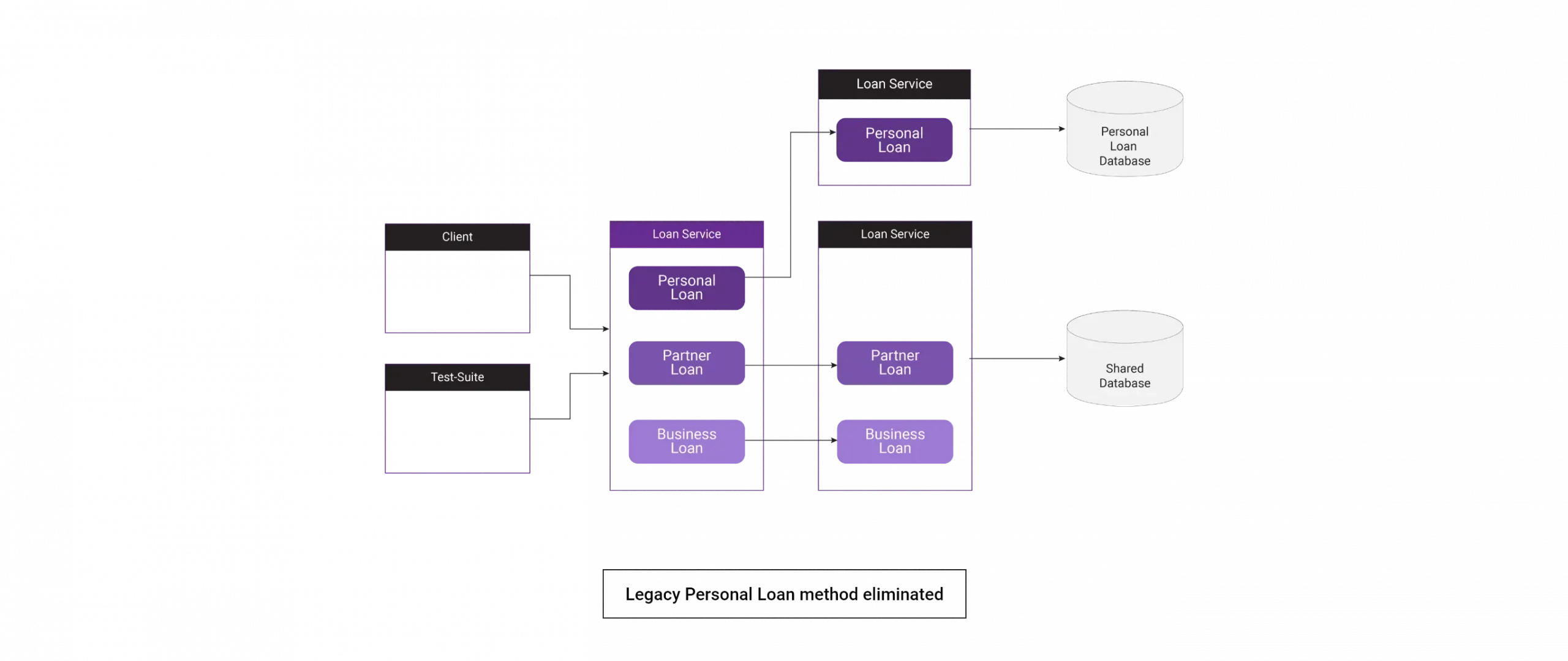


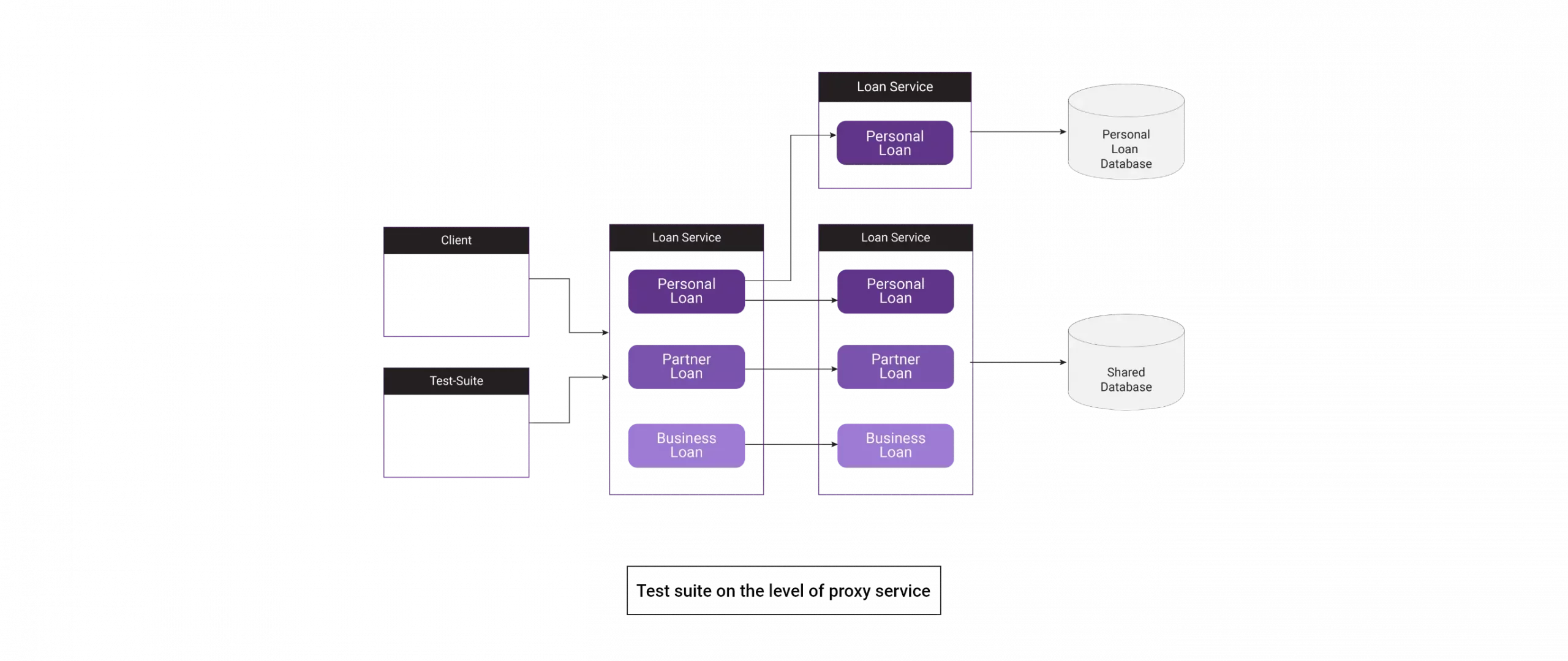





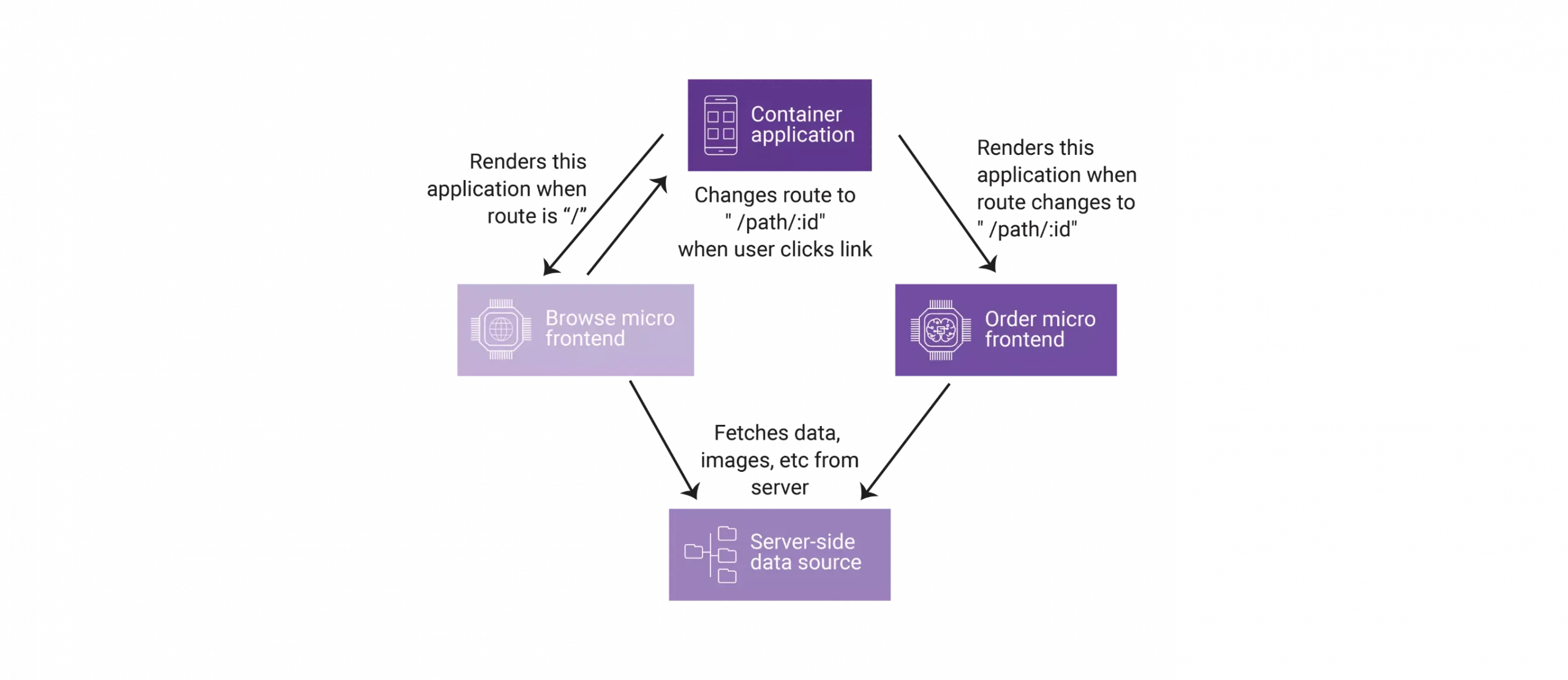
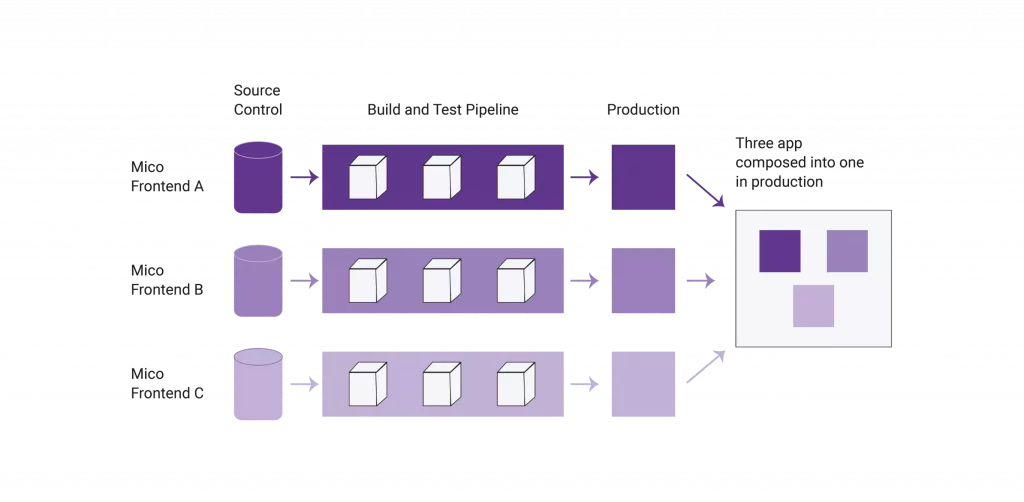




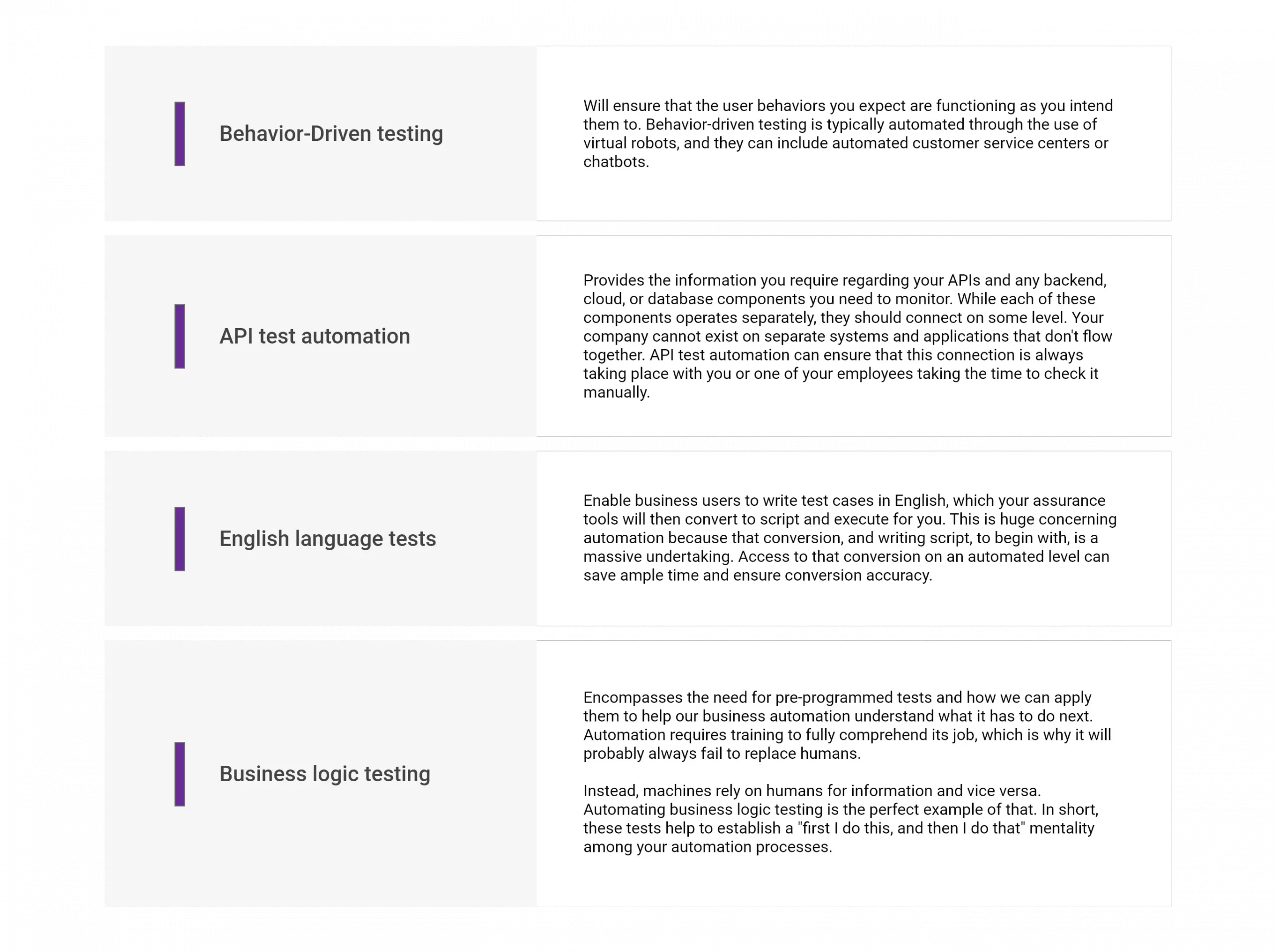
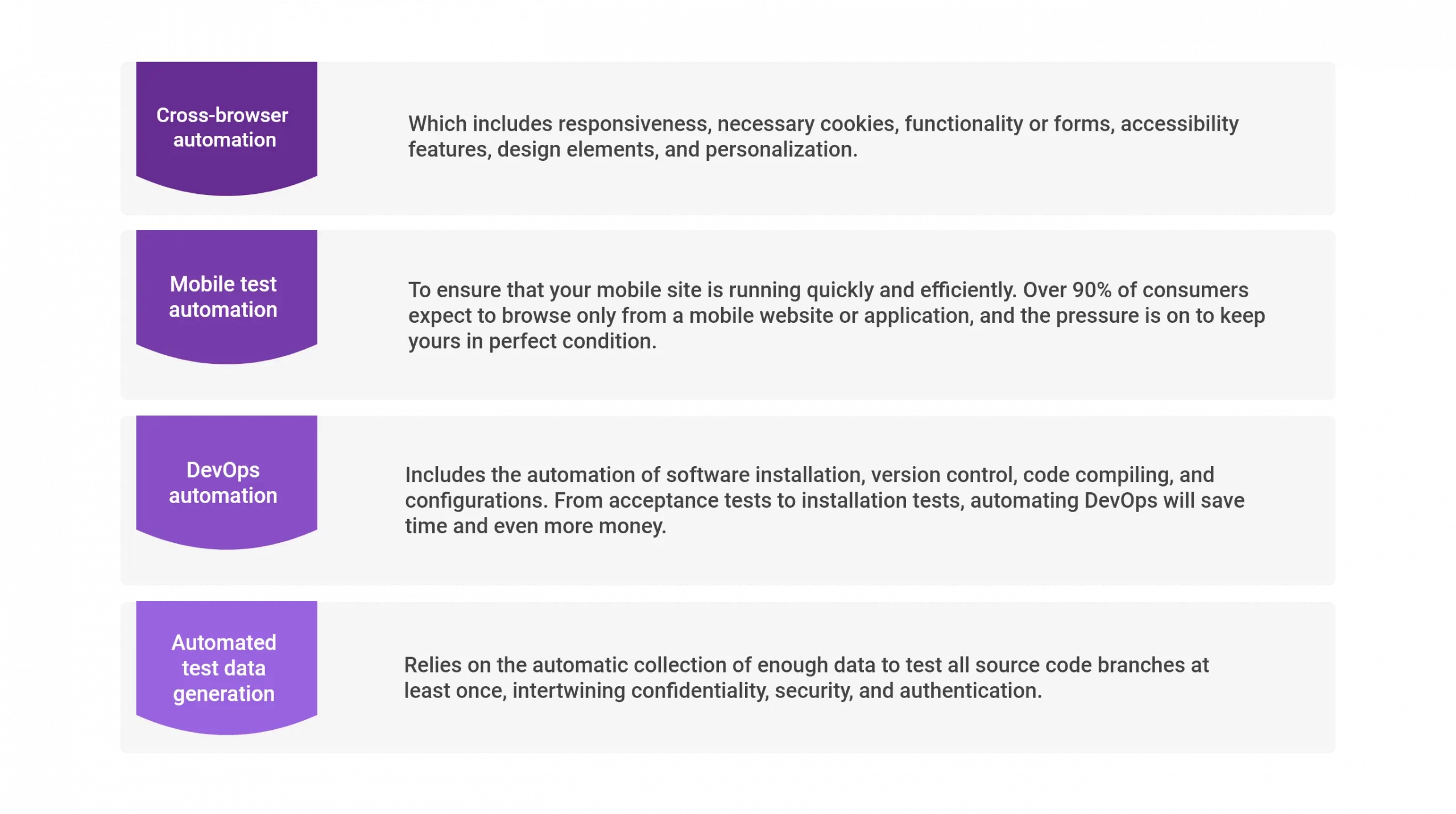





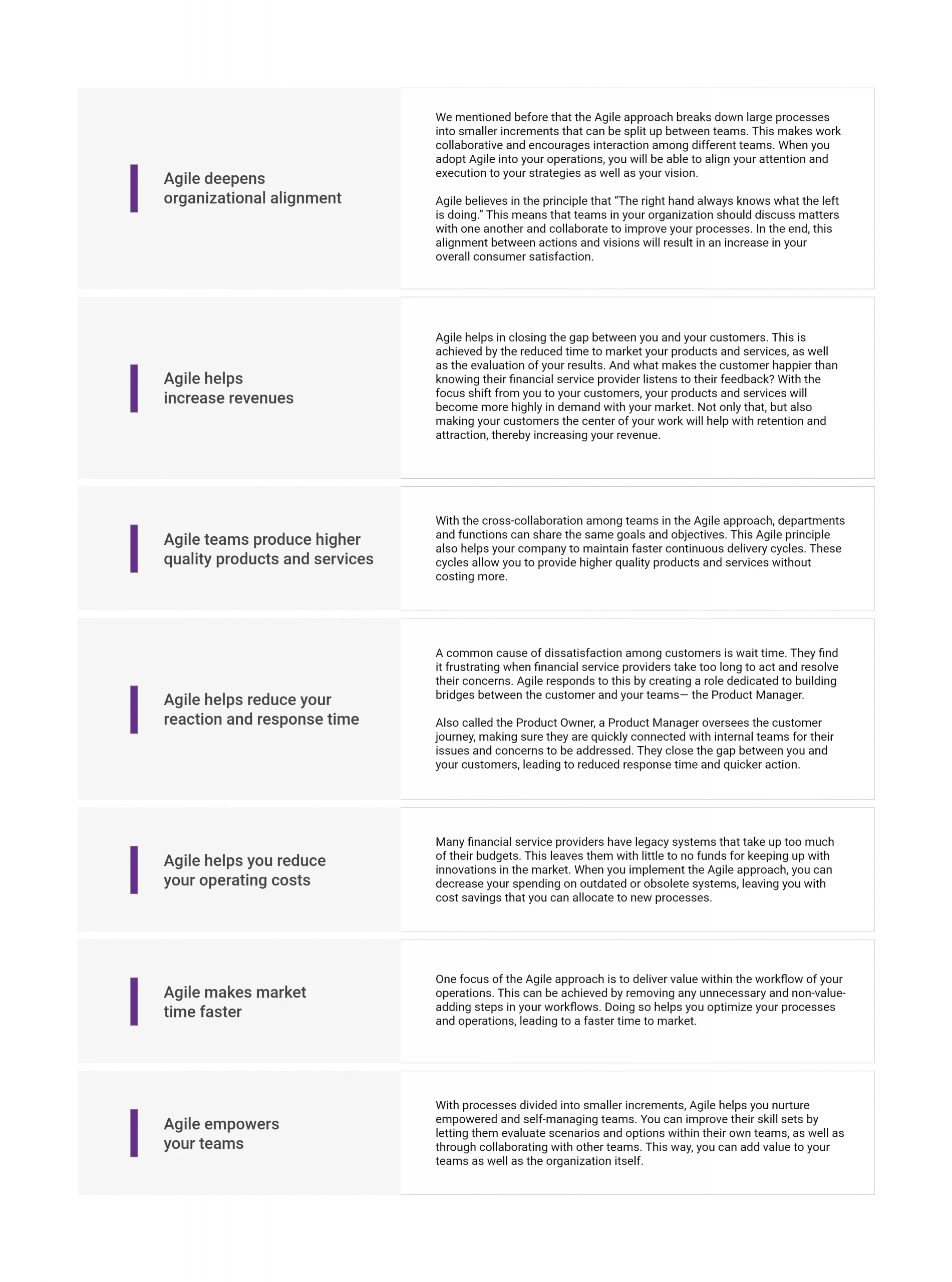

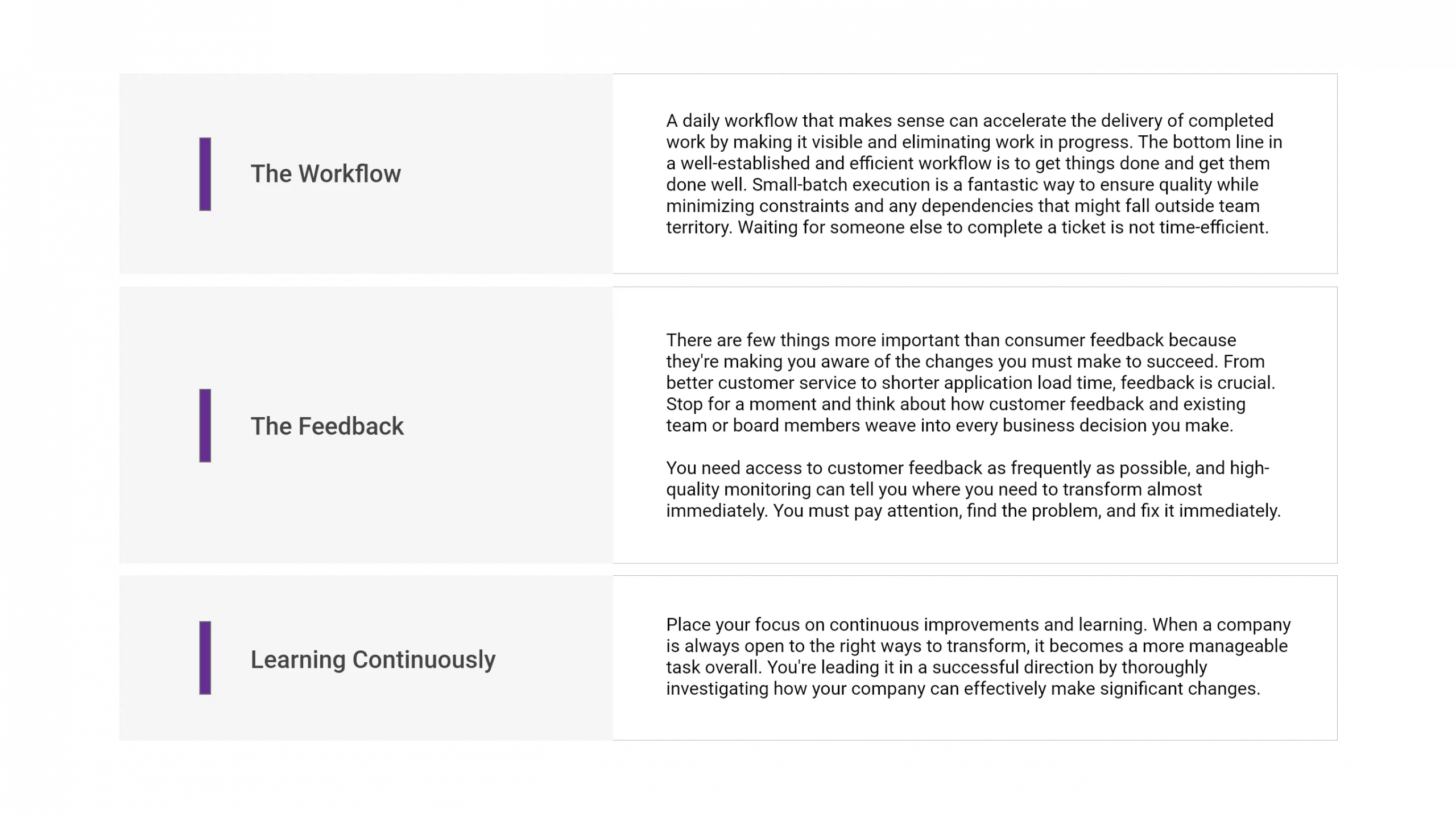

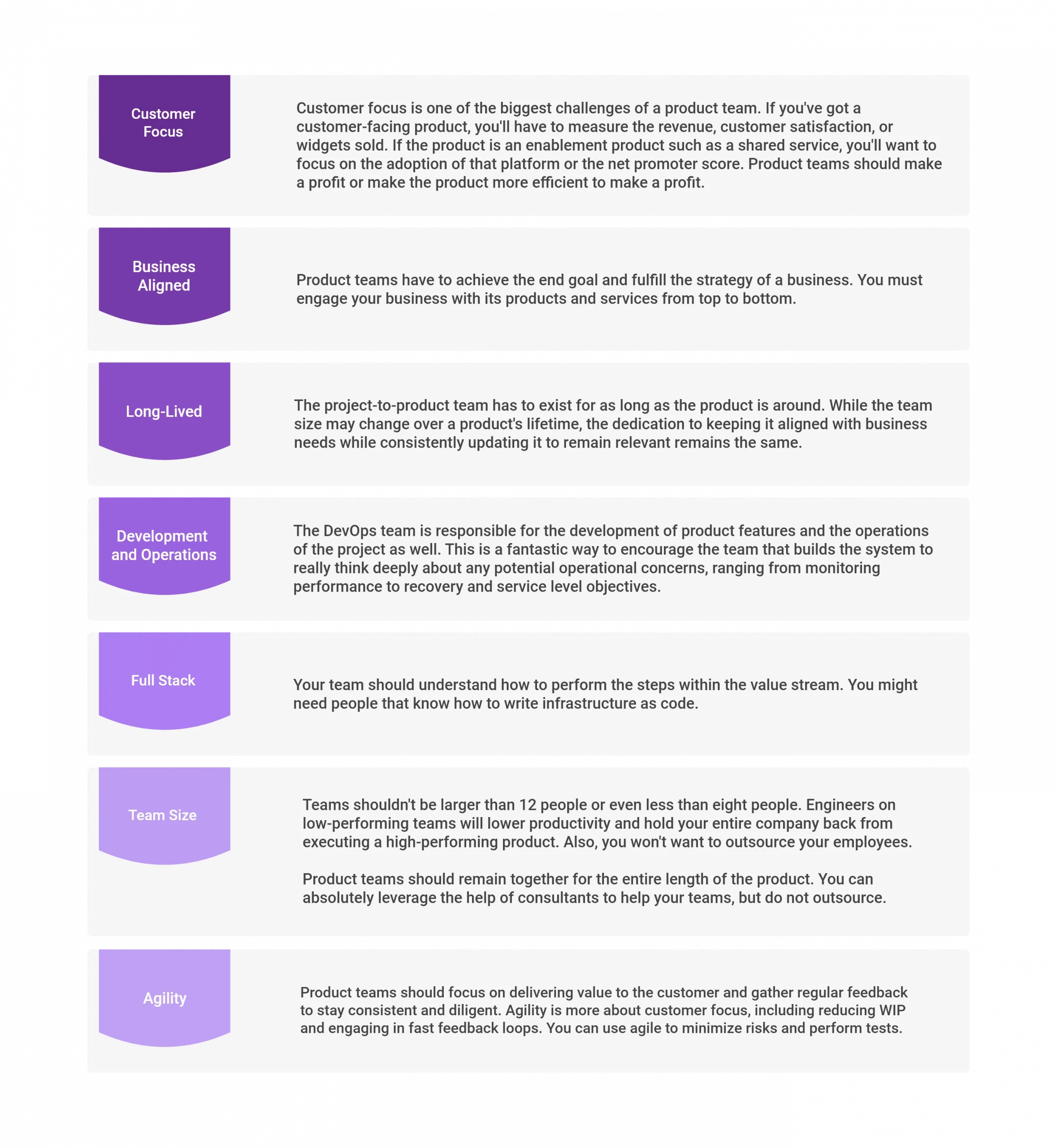

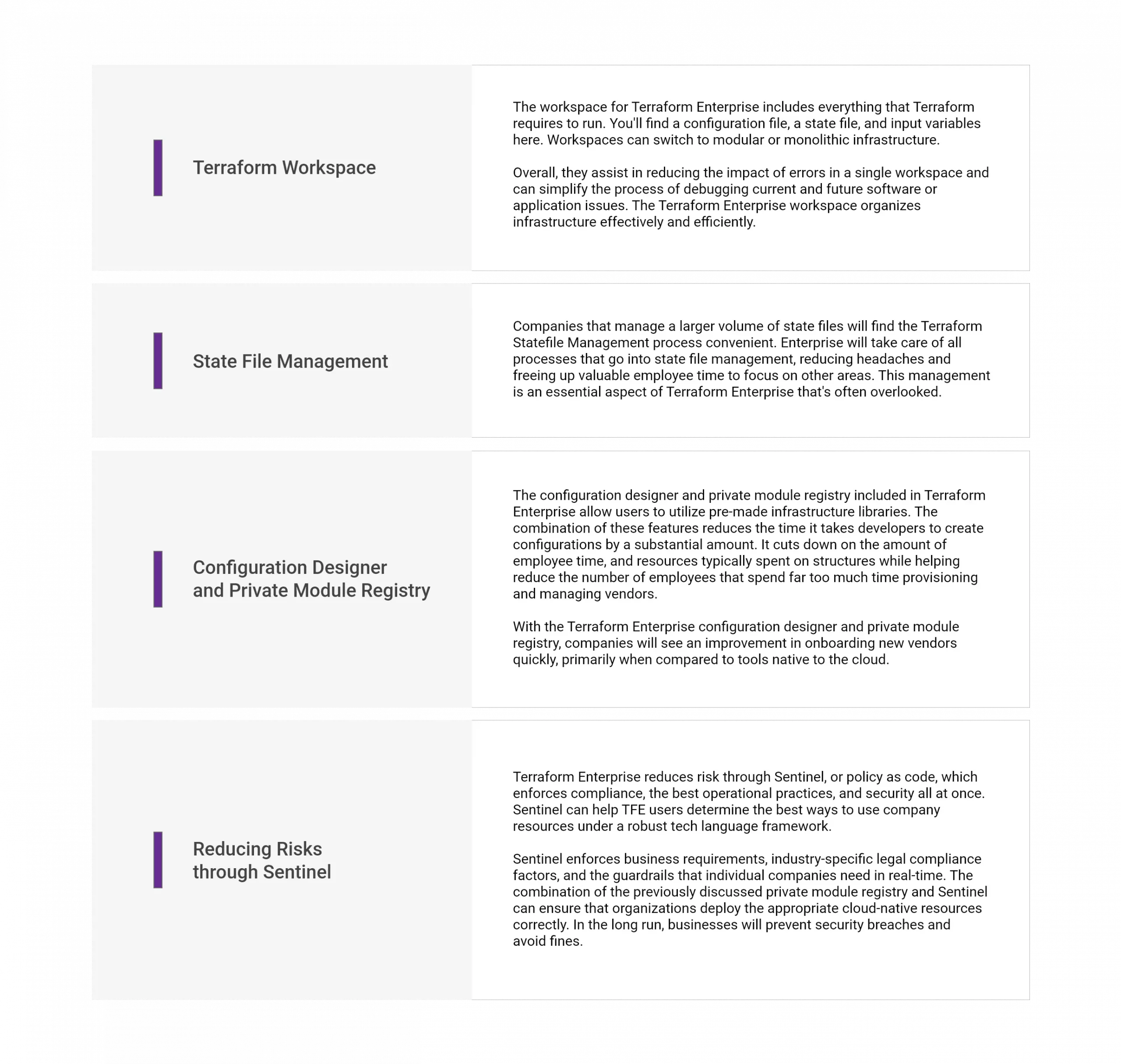







Recent Comments